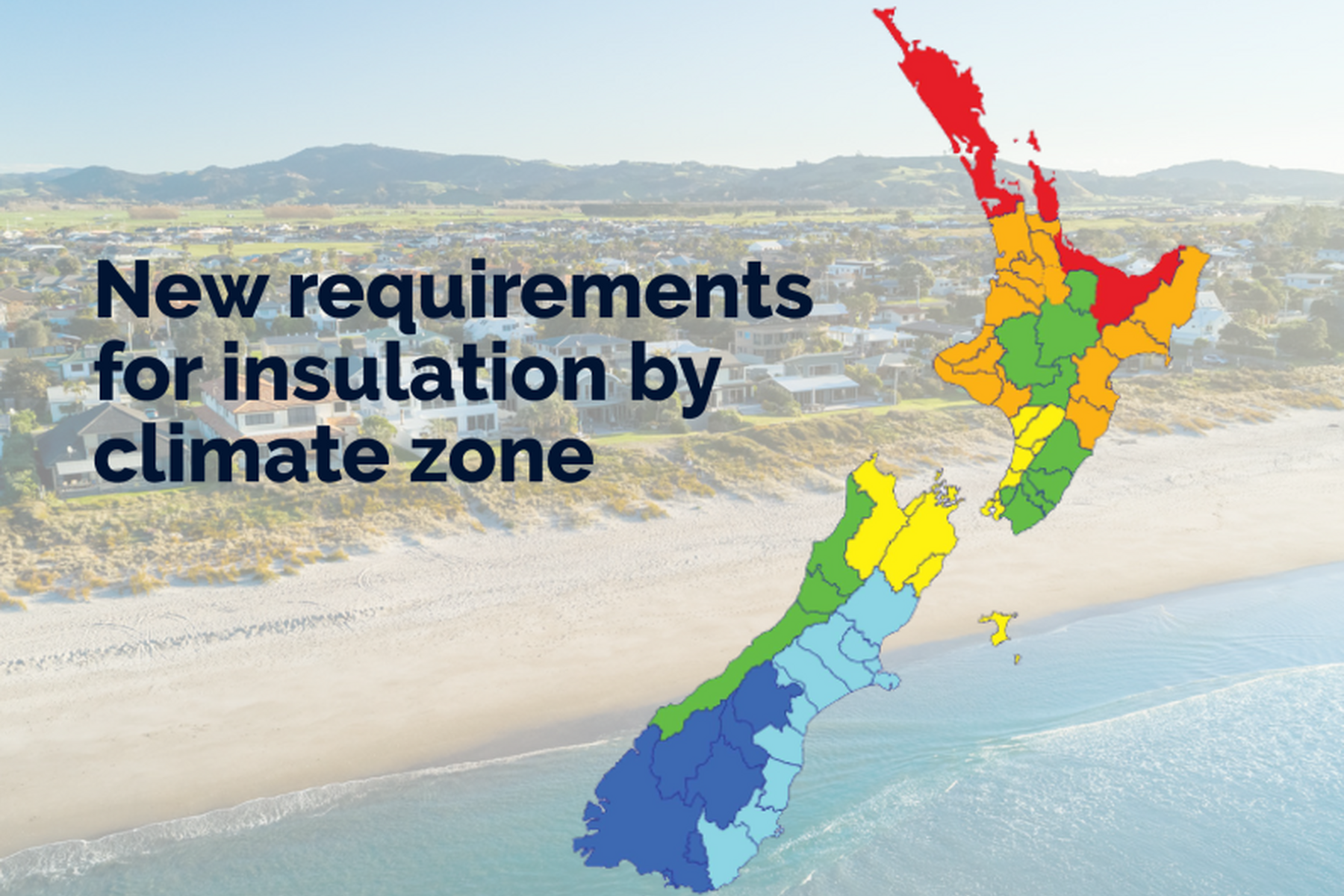

Understanding New Zealand's Updated H1 Insulation Standards
As part of an ongoing commitment to improving energy efficiency and thermal performance in buildings, New Zealand has introduced updated H1 insulation standards. These changes are designed to ensure that new buildings are constructed to retain heat more effectively, reduce energy consumption, and enhance indoor comfort. Here's what you need to know about these important updates.
The Objective of H1 Insulation Standards:
- Reduce Energy Consumption: By improving insulation, buildings require less energy for heating and cooling.
- Enhance Indoor Comfort: Better insulation helps maintain a consistent indoor temperature, providing a more comfortable living environment.
- Minimise Greenhouse Gas Emissions: Energy-efficient buildings contribute to reducing the carbon footprint.
Who Do These Standards Apply To?
- New Residential Buildings: Including houses and multi-unit dwellings.
- Some Commercial Buildings: Depending on their design and usage.
Key Changes in Thermal Performance Requirements
One of the significant changes in the H1 standards is the increase in the minimum required thermal resistance (R-values) for different parts of the building:
- Roofs, Walls, and Floors all now require higher R-values, which means thicker, or more effective insulation materials are necessary.
- Windows and Glazing: Higher thermal performance standards are set for windows to reduce heat loss.
Climate Zones and Tailored Requirements
New Zealand's diverse climate necessitates region-specific standards:
- The country is divided into different climate zones.
- Each zone has specific R-value requirements for local temperature and weather patterns.
Addressing Thermal Bridging
Thermal bridging occurs when heat bypasses insulation through more conductive materials. The updated H1 standards emphasise:
Minimising Thermal Bridging: Ensuring construction methods reduce this effect to maintain insulation effectiveness.
Verification Methods for Compliance
To demonstrate compliance with the H1 standards, several methods can be used:
Calculation Methods: Using prescribed formulas to calculate thermal performance.
Thermal Modeling: Advanced modelling techniques to verify design compliance.
Conclusion
New Zealand's updated H1 insulation standards represent a significant step towards more energy-efficient and environmentally friendly buildings. These standards aim to reduce energy consumption, lower greenhouse gas emissions, and provide more comfortable living environments by requiring higher insulation performance and addressing regional climate variations.
Understanding and complying with these standards is crucial for builders, designers, and homeowners. The New Zealand Building Code and associated documents provide detailed information and specific R-value requirements.